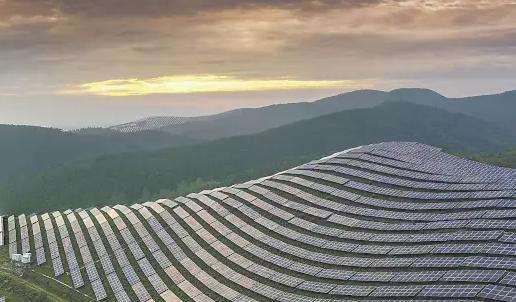Look at the parameters of the car: the body is integrated with about 3.5 to 7.5 square meters of flexible thin-film gallium arsenide batteries. Under 5-6 hours of light, the average daily energy output is 8-10 degrees. can drive the car about 80 kilometers, traveling more than 20,000 kilometers per year. For long-distance travel or when there is no light, Hanergy's all-solar vehicles are equipped with conventional rechargeable lithium energy storage batteries, with a maximum range of 350 kilometers.
To put it bluntly, it is still an electric car, with an ideal maximum range of 350 kilometers. It is indistinguishable from most new energy vehicles currently on the market. As for Xinjia's thin-film power generation. , I personally think that the concept of promotion is more meaningful than the meaning rThe reality of usage is that ordinary families are completely unable to meet their car needs. Let's talk about it in a few years. Traditional cars are still the best cars. The only ones that I think can be experienced or trusted are the hybrids. There are only a few national brands. True hybrids are still small Japanese cars that don't need to be recharged at all. They simply use oil to produce electricity with reasonable deployment, saving fuel. , time and comfort.
Hanergy's thin-film solar power generation chips are called thin-film because they use copper indium gallium selenide, gallium arsenide, etc. . to be attached to thin films of stainless steel and other materials via a co-evaporation or spraying process. Consequentlyuent, it has the characteristics of softness and flexibility. Power generation chip products include two types of material packaging, one is float glass packaging and the other is water blocking film packaging (flexible material). Thin film solar products not only can be installed on roofs, but also can be installed on sunny walls instead of glass curtain walls. Even flexible thin-film solar products can be directly bonded to existing roofs or walls without changing the structure of the original. building. In addition to more choices for installation environments, thin-film solar products have many advantages over crystalline silicon solar products, such as low-light power generation, no effect of hot spot, uniform and customizable colors, zero attenuation, protectionn fire and earthquake resistance, etc. They have huge potential in the field of green building materials.
Information source: Thin-film solar technology expert from Tongfu Times














